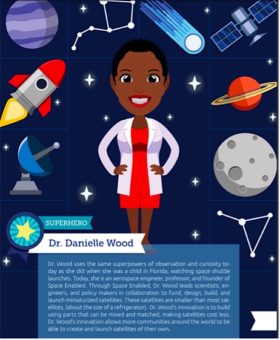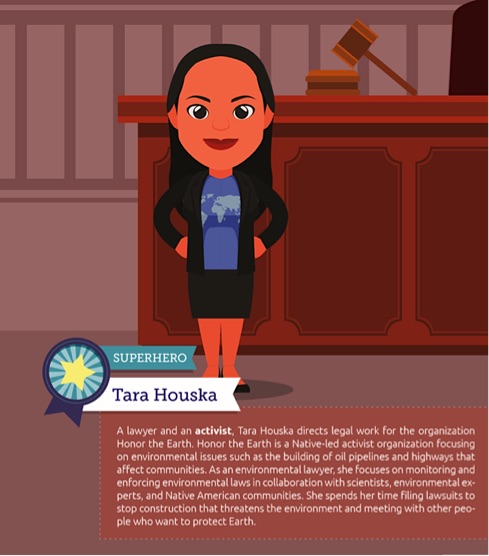Women Scientists Today: Challenging Stereotypes
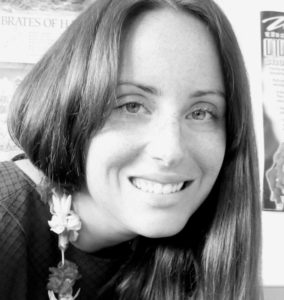 By Cristina Veresan
By Cristina Veresan
Draw a Scientist
‘Draw a scientist.’ For the last 10 years on the first day of school, I have given this simple prompt to my middle school science students without the opportunity for clarifying questions or further instruction.
Once time is up, students share their drawings and we quantify the characteristics of the scientists portrayed. Students discover an almost total lack of diversity. An overwhelming majority of the scientists they sketched have these features in common:
- White
- Male
- Lab coat
- Glasses/goggles
- Laboratory setting (test tubes/flasks)
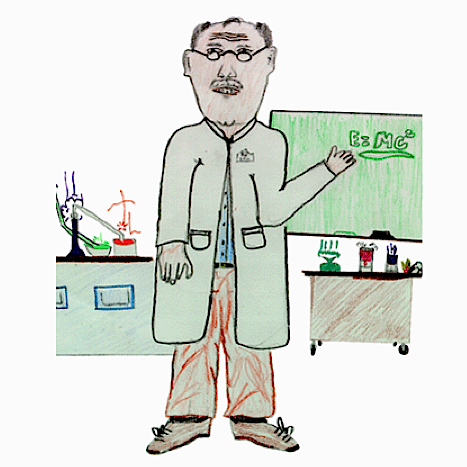
“Who’s a Scientist” Activity (2010) with 7th Grade Students at FermiLab
The drawings reveal powerful stereotypes about scientists. In fact, the activity is based on the “Draw-a-Scientist” test for children developed by David Wade Chambers and repeated by others for decades. Chambers’ original study, published in 1983, found that only 0.6% of drawings were female scientists.
In researcher David Miller’s recent meta-analysis of 20,000 drawings from the last 50 years, 28% of scientists depicted were females. His study and my own observations indicate some progress has been made, but there’s still a long way to go in broadening cultural perceptions of what science is and who does it.
Women in STEM
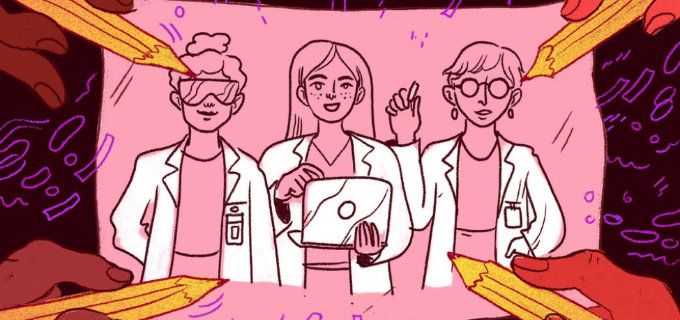
VICKY LETA / MASHABLE
Fighting for justice. Protecting the Earth. Curing diseases. Definitely all jobs for superheroes—everyday superheroes in the fields of Science, Technology, Engineering and Math (STEM)! As educators, we need to celebrate STEM experts who do not look anything like the stereotypical scientist drawings. Let me introduce you to a few of my favorites.
First, meet aerospace engineer Dr. Danielle Wood. Her research group designs, builds, and launches miniaturized satellites to advance social justice and sustainable development goals.
Next, meet environmental lawyer and activist Tara Houska who directs legal affairs for a Native-led organization concerned with environmental protection and the survival of sustainable indigenous communities.
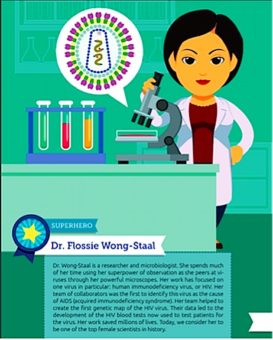 Finally, meet microbiologist Dr. Flossie Wong-Staal. She and her team at the National Cancer Institute identified HIV as the cause of AIDS, and her genetic map of HIV led to the development of a blood test for the virus which has likely saved millions of lives.
Finally, meet microbiologist Dr. Flossie Wong-Staal. She and her team at the National Cancer Institute identified HIV as the cause of AIDS, and her genetic map of HIV led to the development of a blood test for the virus which has likely saved millions of lives.
They do not all work in labs, but all these different STEM Superheroes are known for expanding knowledge, saving lives, and making the world a better place. Who are some of your favorite STEM superheroes who reflect diversity in STEM fields?
New Book for Kids: Everyday Superheroes
The women featured above are just three of the awesome STEM Superheroes spotlighted in a new book called Everyday Superheroes: Women in STEM Careers. The book profiles 26 women of color in STEM careers from A-Z (Astronomy to Zoology). Everyday Superheroes has comic book-style illustrations of each woman – such as robotics engineer Dr. Vandi Verma, remotely driving a NASA rover that’s on Mars, or marine biologist Dr. Eugenie Clark, SCUBA diving with a shark – that provide context and convey their “superhero” status.
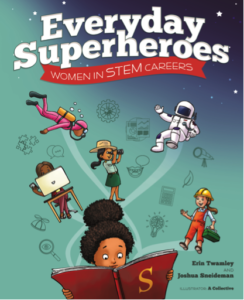 The authors, Erin Twamley and Joshua Sneideman, have kept their focus contemporary and, with only a few exceptions, highlighted STEM experts who are presently active in their fields – whether designing sustainable fashions, caring for Giant Pandas, or developing smartphone apps. This is really valuable, because many young people struggle to name any living scientist (besides Bill Nye the Science Guy), never mind name one who is a woman and a person of color.
The authors, Erin Twamley and Joshua Sneideman, have kept their focus contemporary and, with only a few exceptions, highlighted STEM experts who are presently active in their fields – whether designing sustainable fashions, caring for Giant Pandas, or developing smartphone apps. This is really valuable, because many young people struggle to name any living scientist (besides Bill Nye the Science Guy), never mind name one who is a woman and a person of color.
The book’s readers will be engaged by familiar careers like 3D animator and paleontologist, and they will discover novel STEM professions:
- Machine Learning Engineer
- Renewable Energy Financial Analyst
- Vertical Farmer
- Weatherization Technician
It’s a worthy book for your classroom library. Although it’s “designated” for grades 3-4, the biographical text is appropriate for grades 4-8, and it’s certainly the sort of a book many middle level students will find interesting and inspirational. From a teaching perspective, it supports STEM skill development with interactive features that enhance the book’s encyclopedic format. Creative educators could use the book with middle grades students as the basis for additional STEM design challenges or research.
Super-powering Your STEM Classroom
Empowering all our students with STEM skills is the most important way educators can help diversify perceptions of scientists and, ultimately, the workforce itself.
According to a recent National Science Foundation (NSF) report, women accounted for less than one third (28.4%) of those employed in STEM jobs, with extremely high concentrations in the life and social sciences and relatively low concentrations in fields like engineering and computer science. Despite gains in the last few decades, the number of women and underrepresented minority groups in STEM still needs to be increased. We’re training that next generation of superheroes!
Using books like Everyday Superheroes teachers can promote these six essential STEM skills or “superpowers” for answering questions or solving problems:
- Observation
- Curiosity and Imagination
- Problem Solving
- Collaboration
- Data Collection and Analysis
- Communication
As you can see, the “superpowers” align well with best science and engineering teaching practices, and they could be used in the classroom as a fun reference during book discussions, STEM learning experiences, or student self-assessment.
Surely there’s lots of systemic change needed to shift stereotypes about scientists and achieve equity and equality in STEM fields. Yet everyday in our classrooms, educators can make a difference.
For my next ‘Draw-a-Scientist’ activity, I hope to see drawings that are more aspirational, depicting some everyday STEM superheroes who are women and persons of color. Most of all I hope students imagine themselves having the superpowers required to positively impact the many challenges in today’s world.
Cristina Veresan (@CVeresan) is a middle school science educator living in Palo Alto, CA. In addition to classroom teaching in Florida and Hawaii, Veresan has leadership experience as a Science Dept. Chair, Assistant Principal, and a district K-12 Science Curriculum Supervisor. In 2014, she explored Arctic Svalbard as a National Geographic Grosvenor Teacher Fellow, and during the 2015-2016 school year, she served as an Albert Einstein Distinguished Educator Fellow in the United States Senate. Read more at www.veresan.com.

